Battery-electric vehicles use half as much energy to run a given distance as do vehicles powered by gasoline, according to a new study by Yale University. And the cleaner and more efficient the source of electricity used to charge a vehicle the better the equation gets.
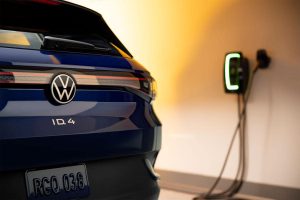
EVs are about twice as energy-efficient as gas vehicles, even when they draw power from coal generators.
On average, EVs are twice as energy efficient as gasoline-powered models. And the ongoing switch to battery-electric vehicles should yield enormous savings in energy, according to a new Yale University study even when the electricity used to charge those EVs comes from coal.
If anything, EVs are likely to become more efficient as battery and motor drive technology improves. And they’ll get an additional boost as the nation’s utilities migrate from coal and other fossil fuels to renewable power sources, the study noted.
It’s all about the laws of physics
The widening gap between EVs and gas-powered vehicles is all about basic physics, starting with the laws of thermodynamics.
While today’s internal combustion technology has improved markedly compared to the gas-powered engines of decades past, physics limit how much more energy efficient they can get. On average, they still waste about 80% of the energy contained in their fuel since it’s converted to heat that has to be vented away from the vehicle.
By comparison, the study found that EVs typically waste only 11% of the energy in their batteries. Those packs do lose some energy through resistance – which generates a modicum of heat – but the losses are substantially lower than with a gas vehicle. And EVs improve their efficiency by recapturing energy normally lost during braking and coasting, sending it back to the batteries.
Where does the power come from
Critics often point to the source of the electricity used to charge up an EV’s batteries. In the U.S., that power can come from a variety of sources, including coal and other fossil fuels, as well as nuclear and renewable power.
As with an internal combustion engine, generators relying on coal, oil or methane do suffer thermodynamic losses by burning fuel to create steam powering a turbine. But even coal plants are more efficient than an automobile engine, losing a relatively more minor 68% of the energy its fuel contains, according to Yale researchers.
Even after experiencing additional losses over the energy grid, coal is still more energy-efficient. And the numbers improve still more when a utility uses natural gas. Significantly, coal generated just 16.2% of the country’s electricity in 2023, down from 19.7% the year before – and half of the nation’s power in 2013, according to federal and industry data.
While nuclear power has remained relatively stable as part of the grid, natural gas showed the biggest growth, rising about 75% from 2010 to 2023, according to the U.S. Energy Information Administration.
More EV News
- Lucid Pushes EV Efficiency to New Levels
- Ford Maverick Hybrid is the Most Energy-Efficient Pickup on the Market
- These are the Greenest – and Meanest – EVs You Can Buy
Green energy, greener EVs
Renewables roughly doubled during the same period, the EIA reported, providing nearly 1 million gigawatt-hours of electricity in 2023.
Solar, wind, hydro and other renewables first topped coal in 2022. The gap is expected to continue widening in the coming years as more green sources are put online, even as more and more coal-fired plants are taken out of operation. The 1,490-megawatt W.H. Sammis plant in Ohio, one of the country’s largest coal-fired generators, was shuttered in 2023.
Significantly, utilities are adding new storage systems that can provide backup power when, say, wind turbines are inactive and solar cells go off-line at night.
EVs will get even more efficient
Battery-electric vehicles will become more energy-efficient going forward, industry experts anticipate, and for several reasons.
A growing number of states – including South Dakota, Idaho and Washington — now draw the majority of their power from renewables. (Even Texas, the spiritual home of the nation’s fossil fuel industry, gets more than a quarter of its energy from renewables, primarily wind.) Where renewables are the primary source of electricity, EVs use about 70% less than gas-powered vehicles, according to the Yale study.
And the figures could get even better due to improvements in the U.S. energy grid, reducing losses and adding more storage capacity for renewables.
EVs, themselves, are getting more energy efficient. Lucid recently announced upgrades allowing products like the Air sedan to travel 5 miles per kilowatt-hour, roughly double what the typical EV now sold in the U.S. requires. Next-generation batteries, such as solid-state, are expected to be lighter and yet more efficient, as are some of the newer motors manufacturers like Lucid, Tesla, Rivian and Mercedes-Benz are developing.

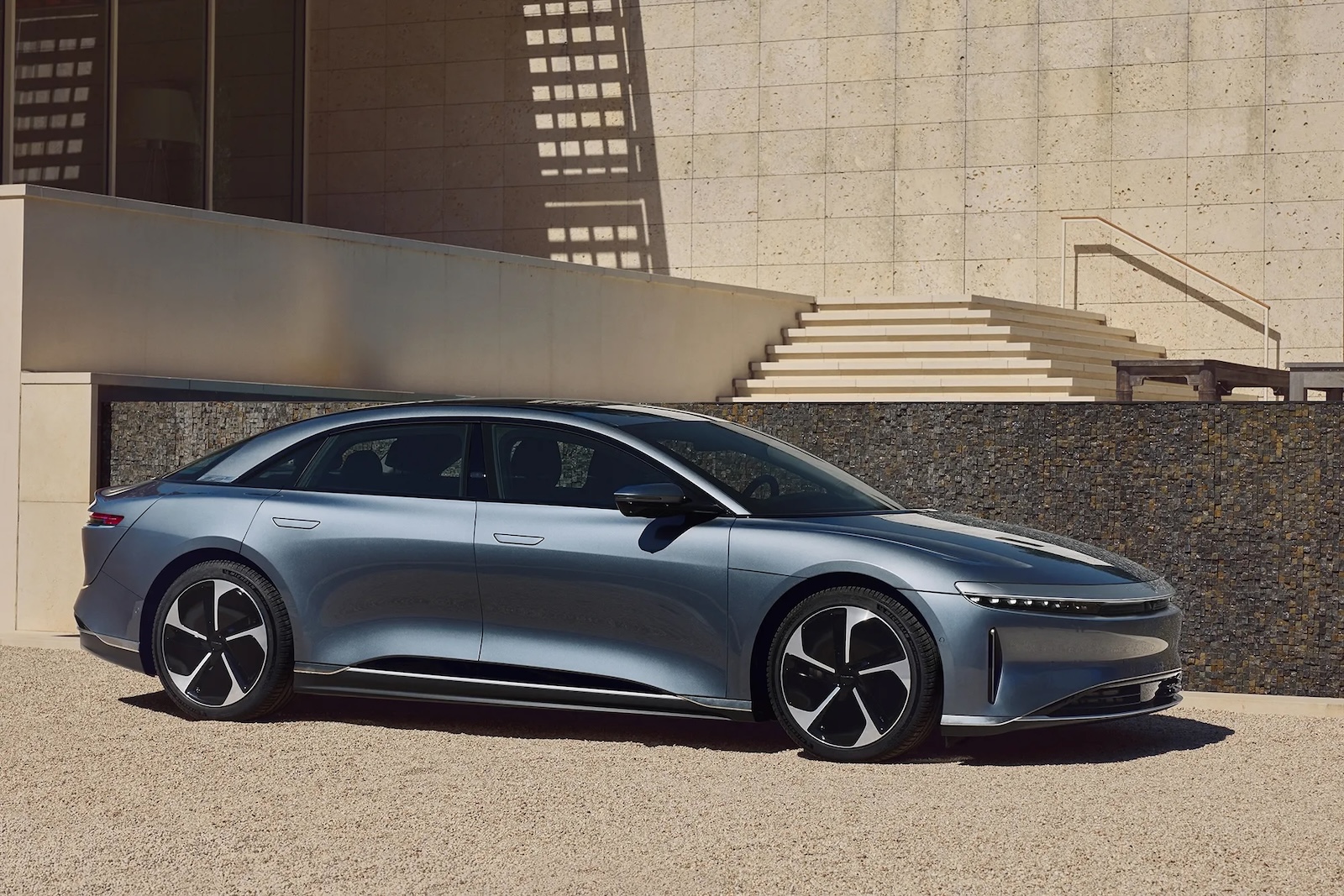
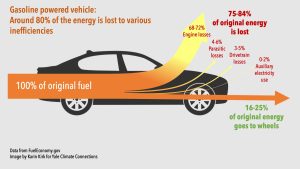
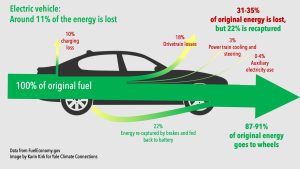
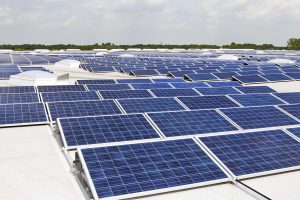
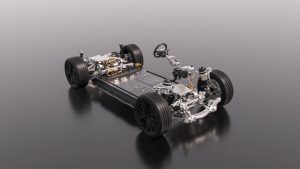





0 Comments